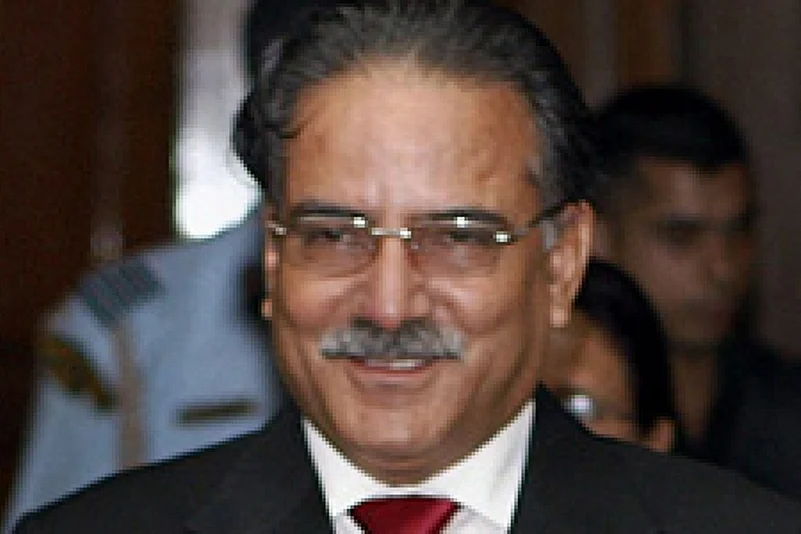Nepali Prime Minister Pushpa Kamal Dahal "Prachanda" on Tuesday won the vote of confidence in the House of Representatives of Nepal's Parliament.
Of the 270 members presesnt in the House at the time of voting, Prachanda secured 268 votes and only two votes against him.
Prachanda emerged as the Prime Minister of Nepal last month after he dramatically outsmarted Nepali Congress leader Sher Bahadur Deuba, who was set to become the prime minister.
Prachanda had contested polls in alliance with Deuba but the two had a fall-out. Prachanda then jumped ship to join KP Sharma Oli-led rival bloc. With Oli-led bloc's support, Prachanda became the Prime Minister of Nepal.
This is Prachanda's third prime ministerial tenure. He earlier served two prime ministerial tenures, first in 2008-09 and second in 2016-17.
Before entering mainstream politics, Prachanda was the leader of the Maoists in Nepal who fought a civil war with the former Nepali monarchy. He led the war during 1996-2006 and entered mainstream politics after signing the Comprehensive Peace Agreement in November 2006. He and his movement sought the abolition of Nepali monarchy.
Prachanda is a name that he acquired during his insurgent years. It means "fierce" in Indian and Nepali languages.
How Prachanda became Nepali PM?
In the elections, Deuba's Nepali Congress had emerged as the single-largest party. However, it fell short of the majority mark and therefore had to forge a coalition.
Deuba's NC-led alliance comprised Prachanda's CPN-Maoist Centre (CPN-MC), CPN-Unified Socialist, and Loktantrik Samajwadi Party. It faced Oli's CPN-Unified Marxist Leninist (CPN-UML)-led coalition comprising Rastriya Prajatantra Party and Janata Samajwadi Party.
However, as Deuba-led NC bloc could not muster enough numbers and Deuba and Prachanda had a fall-out, Prachanda switched sides to join Oli-led bloc. Some other parties also joined the bloc and Prachanda emerged as the prime ministerial face with parliamentary majority.
Notably, until last 2021, Prachanda and Oli were co-chairs of unified CPM. The fall-out between the two led to the division of the party into two and the eventual ouster of Oli as Prime Minister of Nepal.
(With PTI inputs)
















